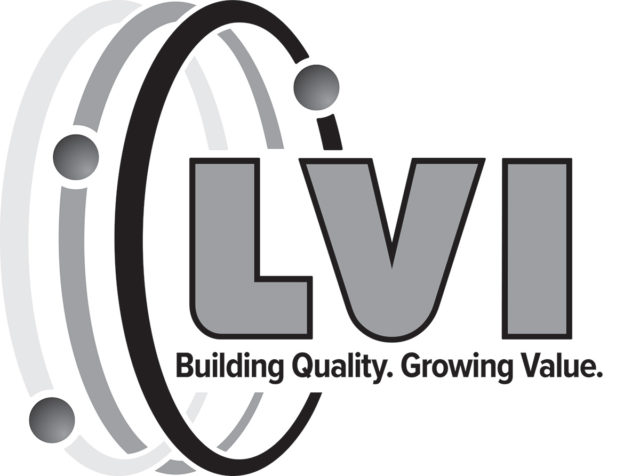The MILK2024 corn silage quality index has hit the streets, but how can this advanced tool help producers get ahead?
The new corn silage hybrid evaluation index, MILK2024, is now available - 18 years after its predecessor. Also known to many as the ‘milk per ton’ model (milk/ton), this tool from the University of Wisconsin – Madison Luiz Ferraretto lab in the Animal and Dairy Sciences Department stands to offer dairy producers an even more accurate read for hybrid selection in one of their biggest decisions: home-grown corn silage.
“This tool can help producers who are looking for something alongside the university hybrid trials to evaluate their silages,” explains Evan (Cole) Diepersloot, a PhD graduate student under Dr. Ferraretto. Diepersloot’s graduate work included a hand in developing the new model.
1. Comparing Apples to Apples
Diepersloot shares that the MILK2024 index, much like the former MILK2006 equations, allows users to easily compare the nutritive value of silages with this one number. “Producers can test plots across a couple of years and compare those observations on a milk per ton basis.”
This number can help various roles across the agriculture industry - from dairy managers to seed dealers - in familiar scenarios. “Another case may be comparing multiple silos,” Diepersloot explains. “What silo do you want to open when, and what lactation phase to feed it to, can be determined with the help of milk per ton.” Knowing this information ahead of feedout can aid producers in determining the best use of their harvested feed.
Those looking to purchase silages can also utilize MILK2024 to make the best of a less-than-ideal situation. This one-stop value, along with plant health traits and yield considerations, can quickly help make the decision in a challenging year when feed efficiency is crucial.
Finally, university researchers will find MILK2024 helpful for trials, observations, and even as a teaching tool. “The change in energy content will challenge the way some people think,” Diepersloot says. “Some are chasing high starch, but how does this affect fiber?” MILK2024 accounts for both nutrients.

2. Why change a handy tool? [MILK2006]
The release of the NASEM’s Nutrient Requirements of Dairy Cattle, Eighth Revised Edition in 2021 ultimately kickstarted the efforts toward MILK2024.
“We asked how and if we could incorporate these new numbers, and looked at how and where we wanted to deviate from MILK2006,” Diepersloot says. “We wanted to build off MILK2006 - to advance this tool.” They did just that by incorporating more recent developments and bringing in new predictions for a more up-to-date milk/ton value output.
3. What’s different?
“MILK2024 isn’t based on Total Digestible Nutrients,” Diepersloot says. “We calculate digestible energy directly from nutrient and in vivo digestion estimates, mimicking the new NASEM recommendations.” He explains that TDN is becoming an outdated calculation for nutrition consultants.
The Ferraretto lab team also incorporated a basal diet into the model. He points out that the new NASEM recommendations also utilize a basal or ‘stagnant’ diet - which allows any comparison to be done across the board. Diepersloot further explains, “NASEM only calculates the energy of the diet, not specific feed ingredients. This differs from the equations in MILK2006 that were based on TDN and did estimate single feed ingredient energy.”
Milk composition has also been updated within the new model. As dairies have improved since 2006, the former standardized 3.5% fat-corrected milk value has been updated to 4.0% fat, 3.1% true protein, and 4.8% lactose to better reflect current dairy output. The more energy-dense milk means milk/ton values may also be slightly lower in MILK2024 compared to MILK2006.

4. What’s ahead
“It’s not perfect, and there is always room for improvement,” Diepersloot says. MILK2024 incorporates more nuances than its predecessor. Versus MILK2006, he shares that thus far they have seen decreased variation, ranges, and standard deviations. When ranking different corn silage samples, there is great separation in performance, despite the smaller range.
Consultants, dairies, seed companies, and others can look forward to more development on the horizon as further research is done utilizing the new model.
“We focused on consistency to make everything on a level playing field,” Diepersloot says. “At the end of the day, this tool allows us to compare silages.” And that alone can not only help producers get a leg up in a year when every decision weighs heavily, but can help unify the industry with a value that can translate across its many segments.
Those interested in learning more about the work and research behind MILK2024 should visit: MILK2024 - Background and Guide.








